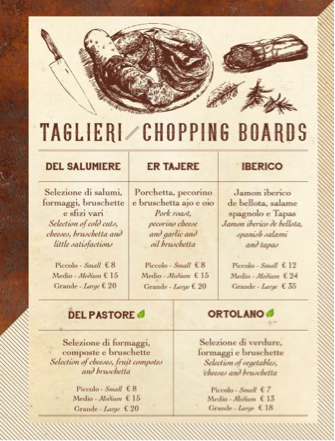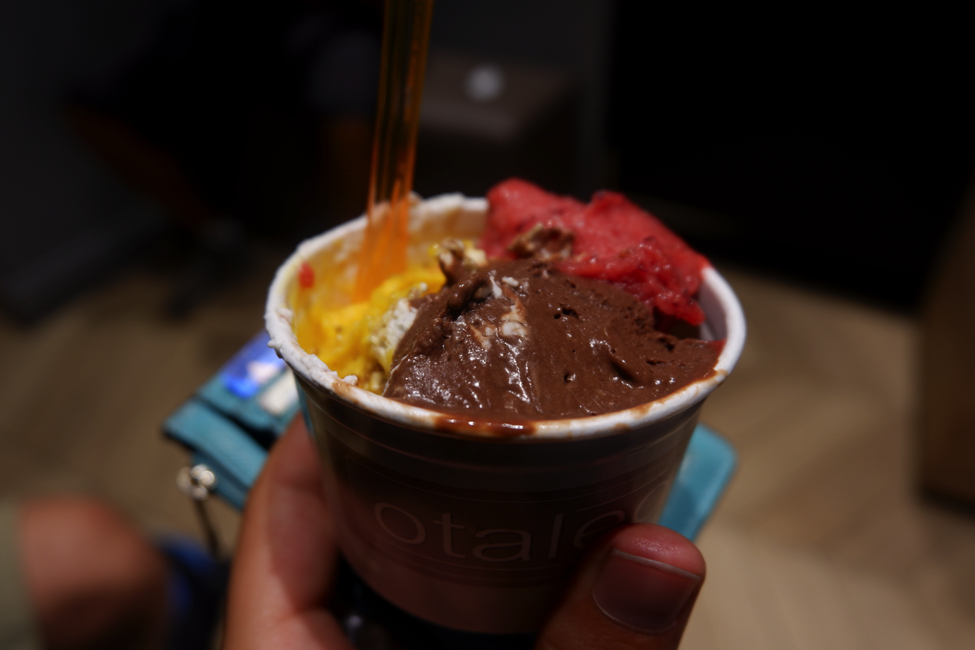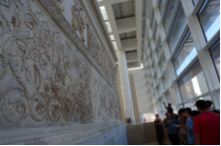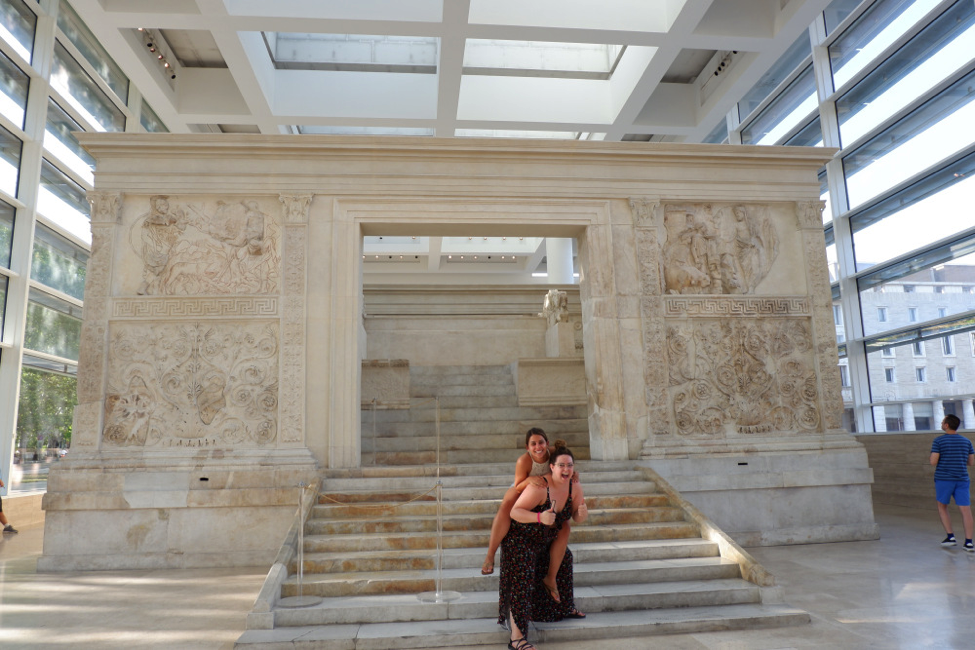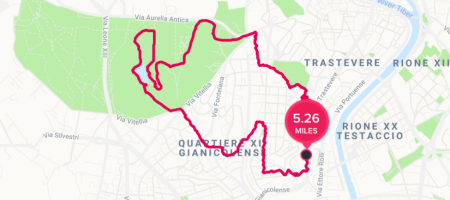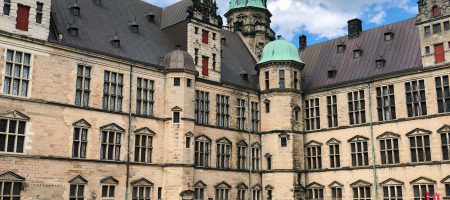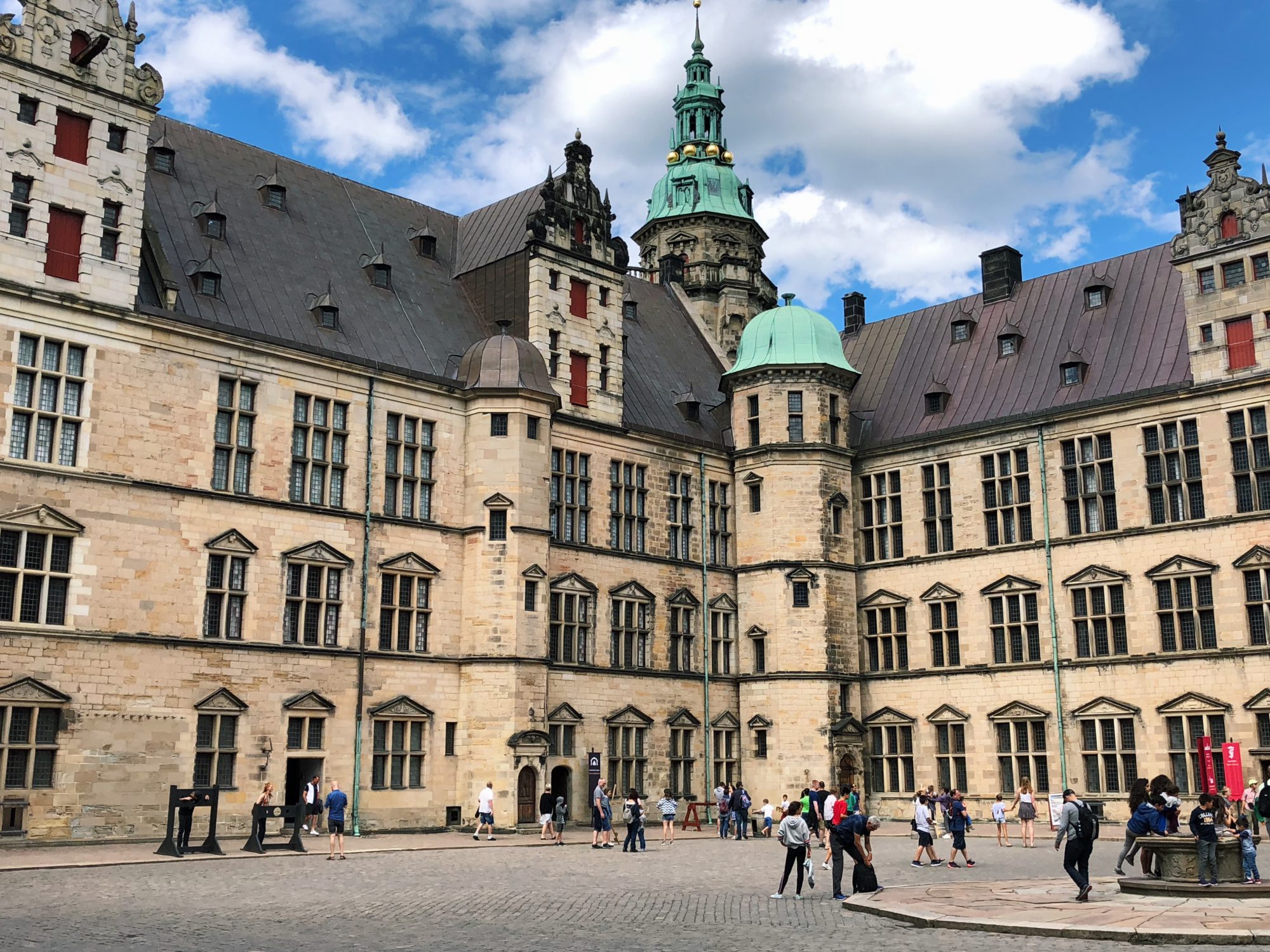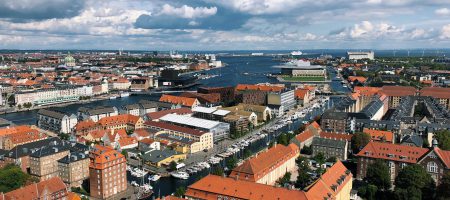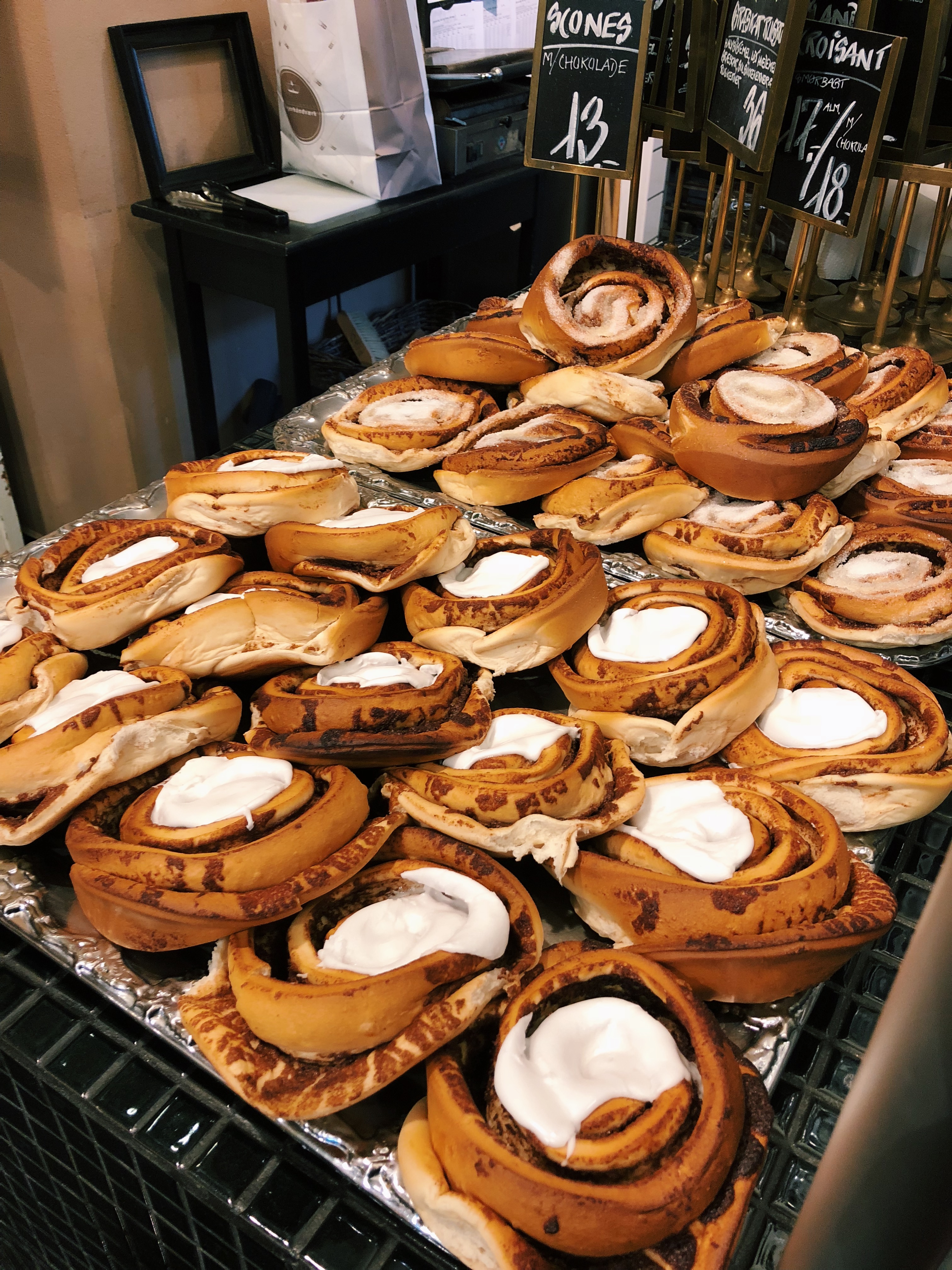Denmark | Danish Culture
By Chloe Zgorzelski
The University of Copenhagen is the oldest university and research institution in Denmark. Founded in 1479, it is the second oldest institution for higher education in all of Scandinavia. Today, it boasts a student population of over 38,481.

The university is spread throughout the city across four different campuses, making its presence tangible in every corner of the city. It sponsors ten different museums and research gardens, has given Denmark nine Nobel Laureates, and is comprised of six diverse faculties. Every day I go to class, I pinch myself a little bit because I am so grateful that I have the opportunity to study abroad at a university so distinguished and world-renowned.

One thing that I particularly love about the University of Copenhagen are the courses they offer specifically for exchange students on various topics relating to Danish Culture. These ‘Danish Culture Courses’, as they are lovingly referred to by the university, offer students coursework that combine lectures and excursions together to provide a more wholistic understanding of issues relating to Denmark. While the course topics vary every semester, some of the most frequent subjects include Danish Cinema, Søren Kierkegaard, Nordic Mythology and Danish Architecture. The courses are at BA-level and open to all international students regardless of their field of study.

This semester, I enrolled in the Danish Culture Course entitled “Danish Architecture and Urban Design” with Professor Lars Gemzøe. The course gives an overview of Danish architecture, urban design and planning over the last 100 years, with a focus and emphasis on the human perspective of architecture.

Let me tell you: I love this class. Seriously, I look forward to it each and every week because I can genuinely say that after every lecture I am able to see the city of Copenhagen from a different perspective. I’ve learned that architecture is a major component of the Danish identity, as it is seen as a much wider practice than merely the art of making buildings. Our professor, Lars, is a Danish architect himself. Every week, he spoils us with his years of wisdom relating to the field and he teaches us about the Nordic approach to planning and design of the physical landscape. Because of him, I am beginning to understand why culture, climate, and scale are important elements in the way that architecture as a profession and Nordic welfare states have been dealing with international trends.

My favorite part about this class is that I have the opportunity to go on guided excursions around Denmark with my classmates and my professor. As a student in this course, I am also required to complete various self-guided field trips in order to see and experience the architecture and planning that we discuss in our lectures first hand. This Fall, we took two class trips: the first to the Copenhagen Harbor and Malmö, Sweden and the second to Louisiana, Museum of Modern Art.


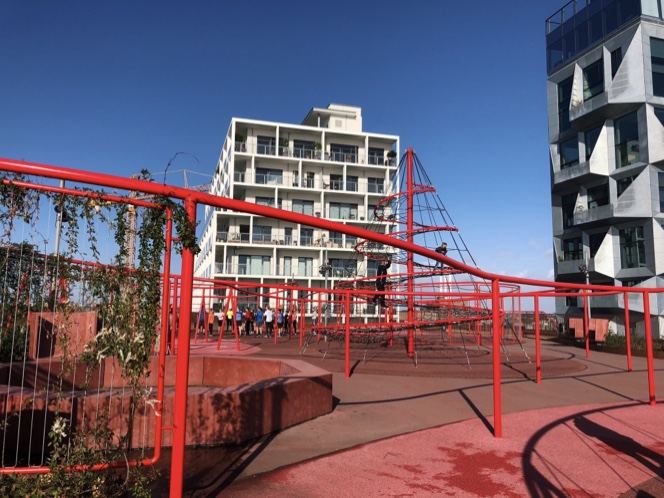




I had the opportunity to see all of the museums current exhibitions including: The Moon, Elemental, Color Form Texture, & Men and Masculinity. My favorite of the current exhibits was the one called ‘The Moon’. This exhibition is Louisiana’s way of commemorating the upcoming 50th anniversary of man’s first steps on the moon. Through the presentation of more than 200 works and objects – including Galileo’s moon map and Norman Foster’s plans for 3D-printed moon bases – this exhibition paints a vibrant and diverse portrait of our closet celestial neighbor.


If you are studying abroad at the University of Copenhagen and are considering enrolling in a Danish Culture Course, I would highly recommend it. At UCLA, I am a Psychology and Communications major, so when I first enrolled in the class I assumed that this would just be an interesting course to take to fulfill a GE requirement. However, this course has helped me form a new interest and recognize my passion for architecture and design. Through our lectures and with some guidance from my professor, I am realizing new ways in which psychology and architecture are intertwined and mutually influence one another.
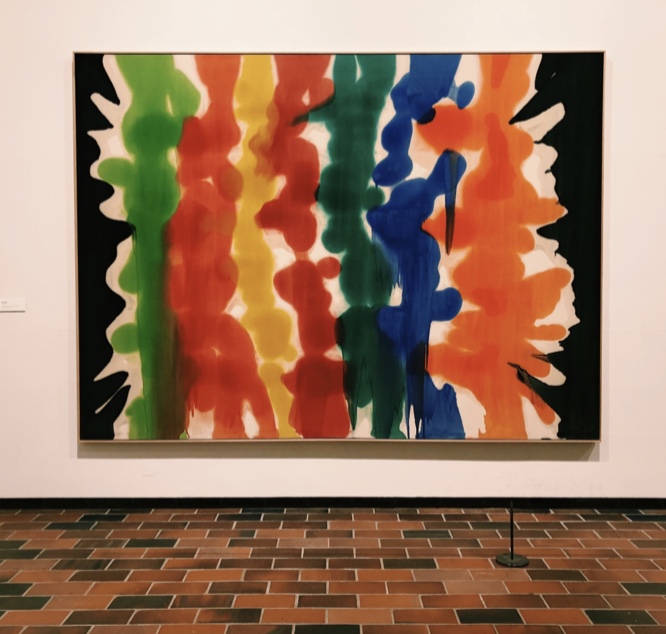
Chloe Zgorzelski studied in Copenhagen, Denmark in 2018:http://eap.ucop.edu/OurPrograms/denmark/Pages/univ_of_copenhagen.aspx






